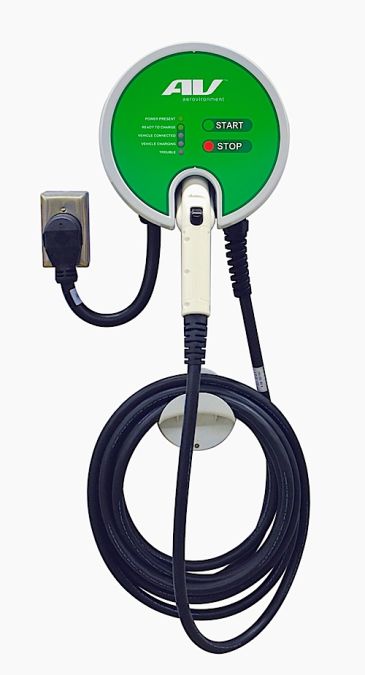The electric car battle is probably officially over. Lively debates about whether the electric car is a fad or not is reasonably over. The electric car is assuredly here to say unless something drastically alters its current path. Still there is another battle quietly raging behind the scene, the grid and the budding electric car charging infrastructure. Companies are discreetly buying out competition.
An Electric Car Needs A Plug. Obviously by now we can all agree that an electric car needs a plug. The convenience to drive home after traffic and either plugging your electric car, or if you happen to be lucky enough to own an inductive charging system, just drive over it... that’s it. Charging stations have made their way into our homes steadily.
Charging Infrastructure Juggernaut. At this stage of the game, the lion’s share of the pie goes to ChargePoint and DBT. Both of these giants are well positioned to continue their rise to the top spot, but there are plenty of other companies making great strides, such as AeroVironment’s (AV) mobile home charging unit I wrote about here; A Portable AeroVironment Home Charging Station, a smart solution you can take with you on the go.
AV New Grid Friendly Charging Station. AeroVironment's new EV charging station uses some of its incorporated PNNL technology to work on stabilizing the electrical grid. With a continuous monitoring of the grid's condition, an electric car’s charging rate, frequency and more may adapt to fit the needs of the grid. For instance, should an unexpected event on the grid drop the AC frequency, the charging system will stop charging, providing a grid "electric buffer." In other words, those charging stations connected to electric cars could act as energy storage buffers.
A PNNL study found USA’s current power grid could meet the needs of around 70 percent of all U.S. light-duty vehicles, but only if battery charging was off-peak. According to Kintner-Meyer, PNNL lead engineer: "If a million owners plug in their vehicles to recharge after work, it could cause a major strain on the grid. The Grid Friendly Controller could prevent those peaks in demand from plug-in vehicles and enable our existing grid to be used more evenly. And our studies have shown that those who use the technology could save $150 or more a year on their electricity bill, and they could potentially receive rebates for providing shock-absorbing services to the grid operator,"
Why is this important? With the last Sandy storm, we’ve seen how hurricanes can take energy completely. How fortunate were those who had electric cars connected to their homes, (EV2G). The other important point is this technology adapts the grid to be fed more from variable renewable resources, since these needs energy storage buffers, such as wind and solar technologies.
V2G is not new and many companies have dabbled with it, from carmakers to local genius gurus, such as AC Propulsion. By incorporating these technologies, we can reduce energy, streamline it, balance and stabilize our overall energy foot print with vehicle to grid technology.





